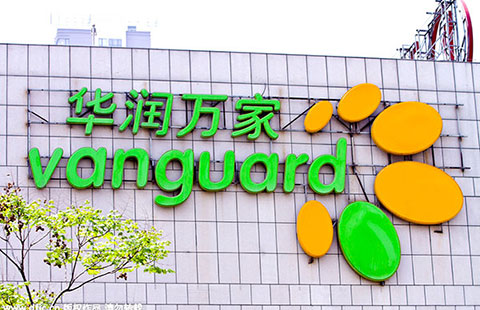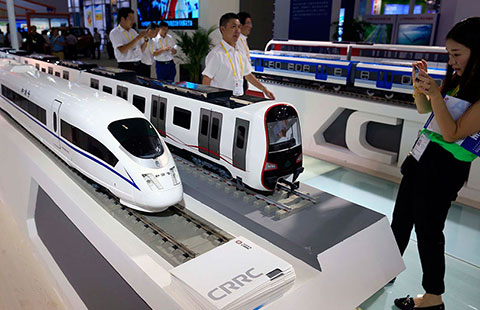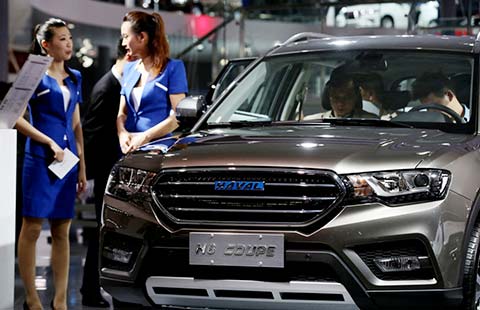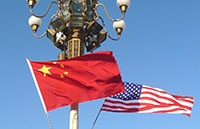Alcoa charts growth plan in line with China
By Lyv Chang (China Daily) Updated: 2015-09-09 09:35
 |
|
Klaus Kleinfeld, chairman and CEO of Alcoa at the World Economic Forum (WEF) in Davos, Switzerland, on Friday, Jan. 23, 2015. [Photo/CFP] |
Our downstream strategy is proving to be successful. Alcoa's innovation and close customer partnerships form the basis of our ability to create new, more efficient industry solutions.
How does this transformation affect China?
With the recent Firth Rixson and TITAL acquisitions, and the newly acquired RTI, Alcoa is increasing its presence in China. However, our transformation is based on much more than acquisitions. From a value-added perspective, we now have a much broader product offering in China.
Today, we have facilities targeting value-added businesses from fasteners, to commercial wheels and automotive heat exchangers, to aerospace applications and titanium castings. By doing so, we position the company to take advantage of growth opportunities in this dynamic nation. I am continuously optimistic about its growth. Our materials meet Chinese demand for high-grade aluminum, titanium and steel used in the aerospace and automotive industries and some industrial applications. These areas are where we are strongest in China.
Equally important is our upstream business where we have positioned ourselves to be a globally competitive commodity business, including in bauxite and alumina. These are promising areas for us given that China imports about 60 percent of the global bauxite supply, and we have had strong bauxite interest from Chinese companies.
Ford's new F-150 pickup truck got a lot of attention for having an aluminum body. Alcoa played a critical role in its launch. Is that the beginning of a trend? How do you see the prospects of aluminumintensive vehicles in China?
The F-150 is the best-selling vehicle in the US and has been for the past 35 years. By replacing steel with an aluminumintensive body, Ford reduced the weight of the F-150 by more than 700 pounds (317.5 kilograms). Consumers now have better fuel efficiency or can carry 700 pounds of additional payload without having to sacrifice performance or safety.
Ford sells about 730,000 vehicles of the F-150 model per year. This is an important shift. To put things into perspective, the Audi A8, the first aluminum-intensive car, which was launched back in the early 1990s, has since sold 780,000 units to date.
The trend to aluminumintensive vehicles is here to stay. As other auto manufacturers pick up on the trend and transition to aluminum, we forecast stronger growth and have made additional investments in our manufacturing plants to enable us to capture that growth.
- China taps 3D printing consumer market
- China must boost productivity: WEF expert
- Carbon pricing expected to affect firms' investment
- Uber vows to expand ride-hailing service to more Chinese cities
- Fluctuation in China's forex reserves normal: PBOC
- China to curb speculation in forward forex transactions
- China's top 10 retailers in 2014
- Trade data add more pressure on policy

















